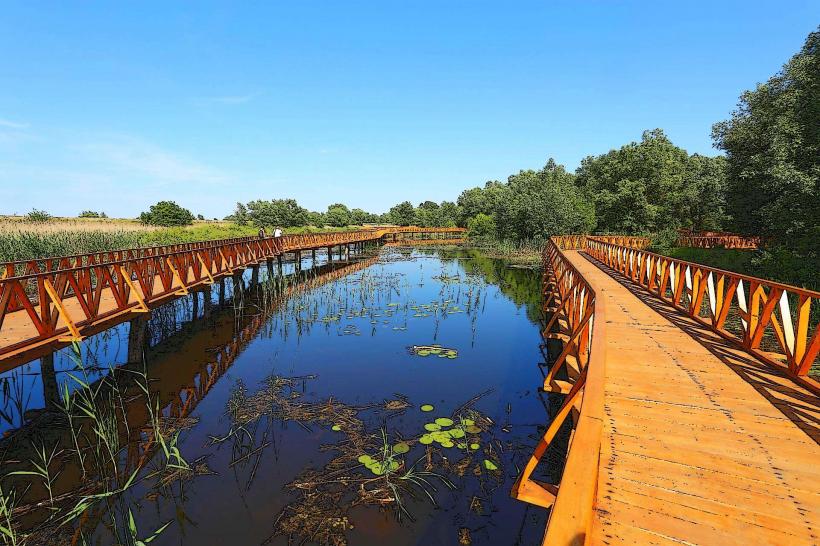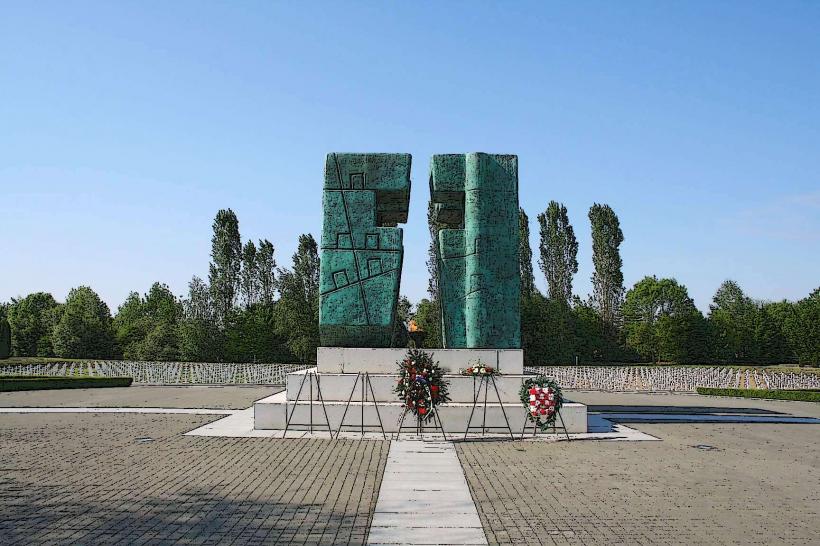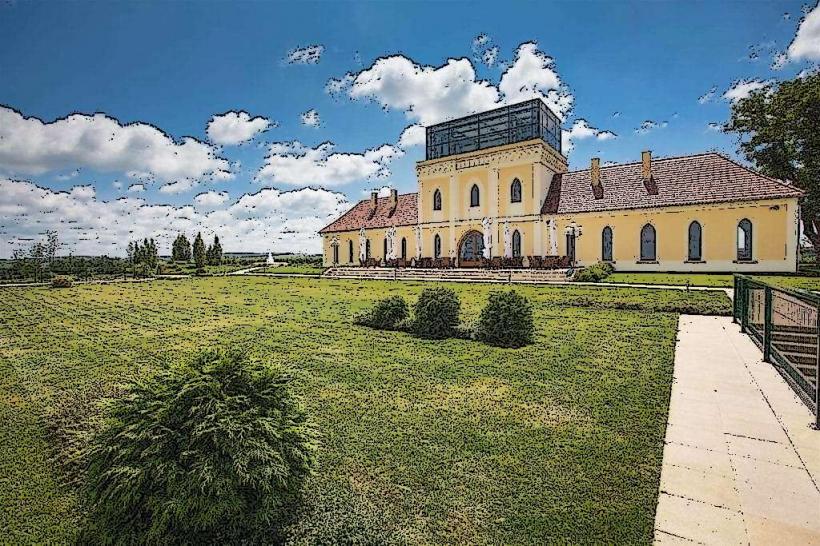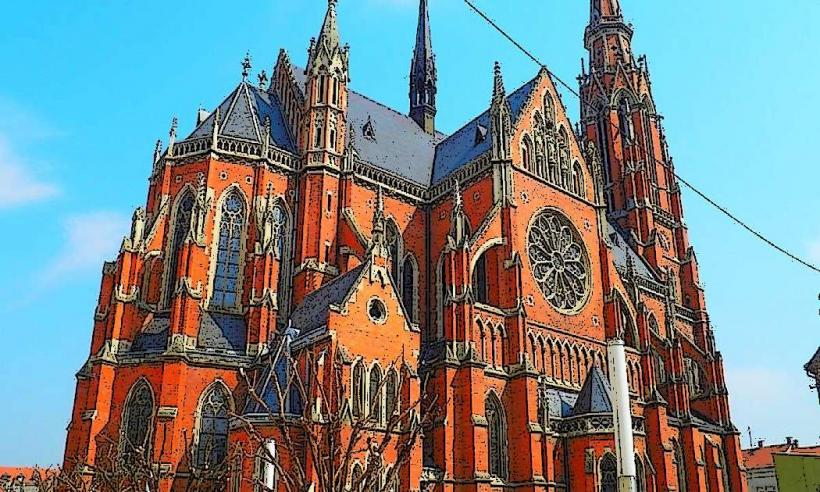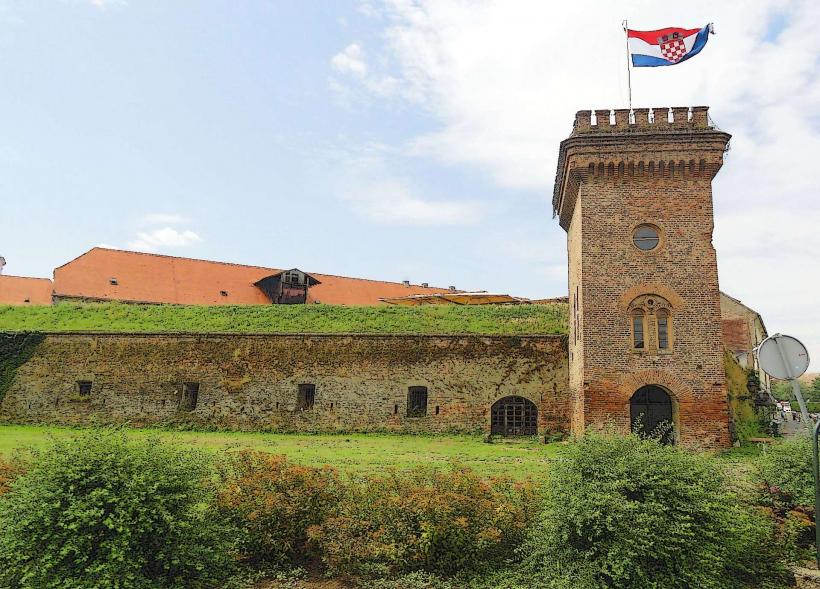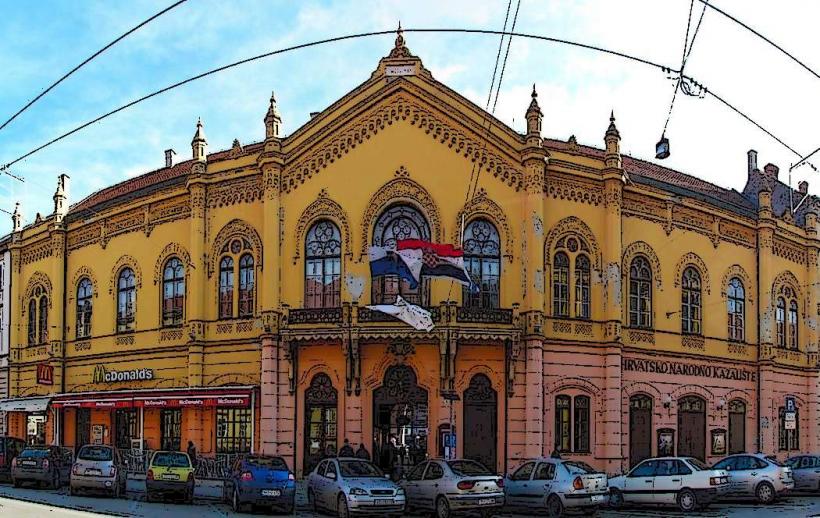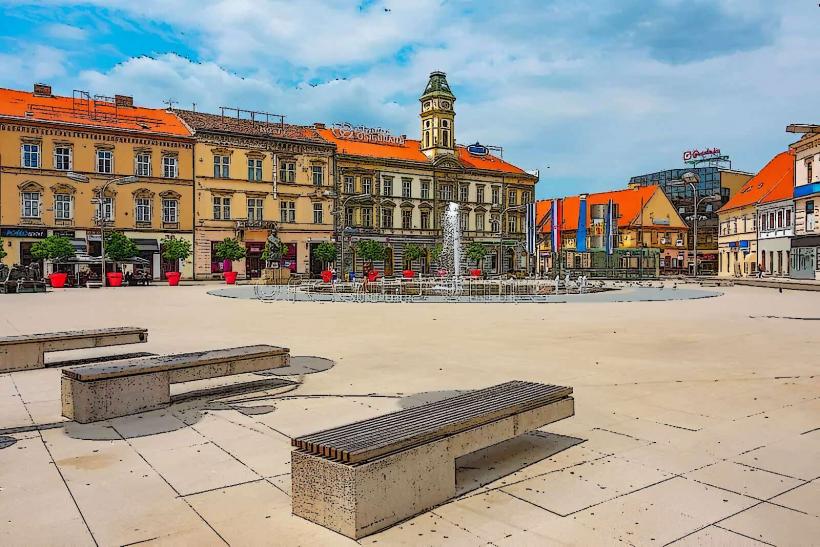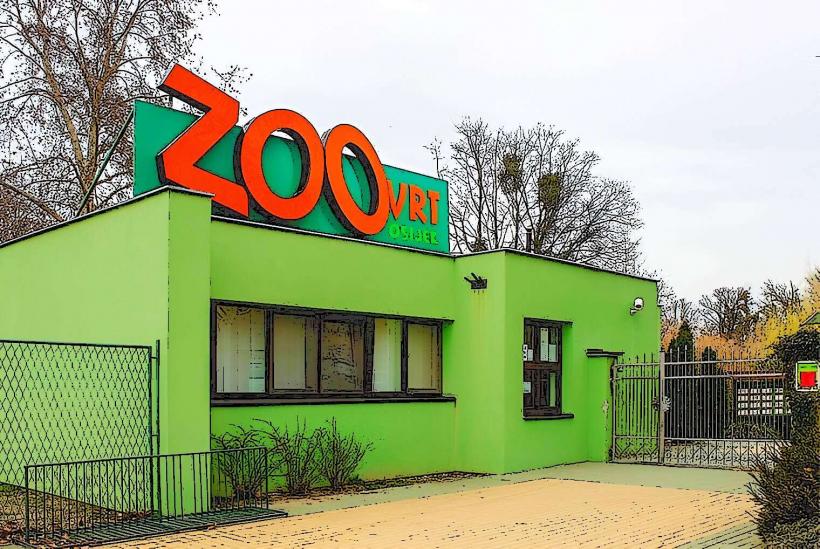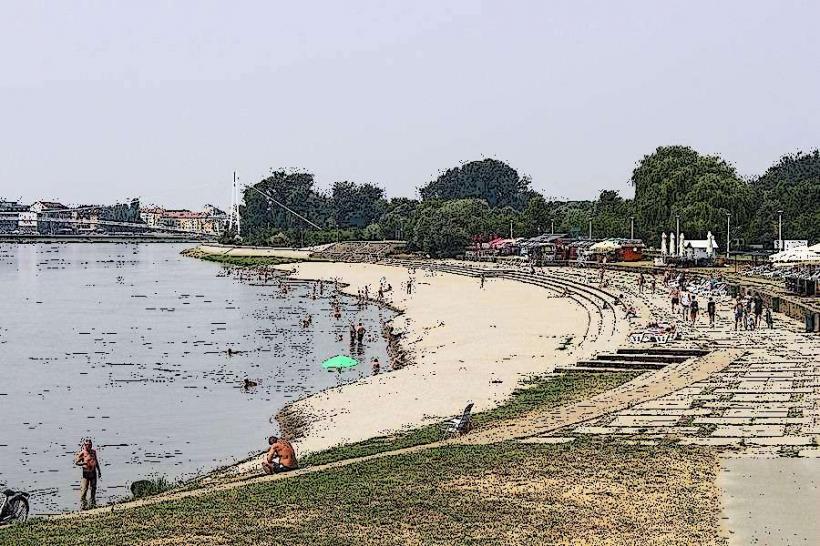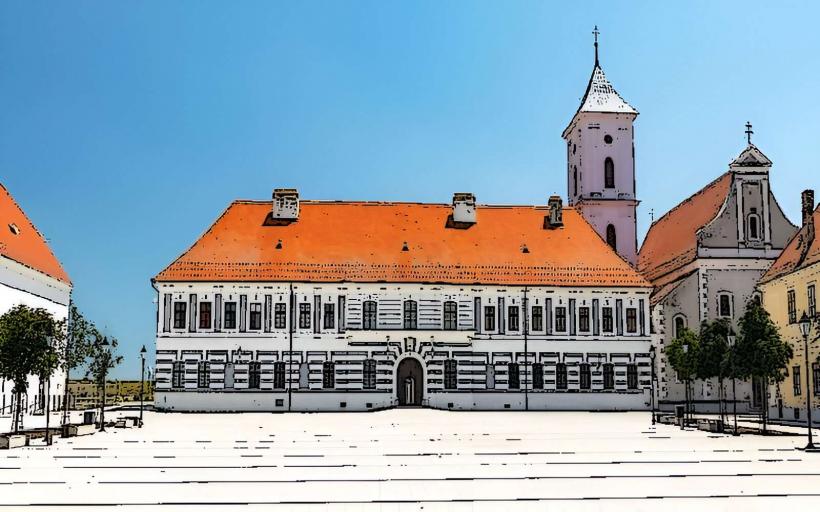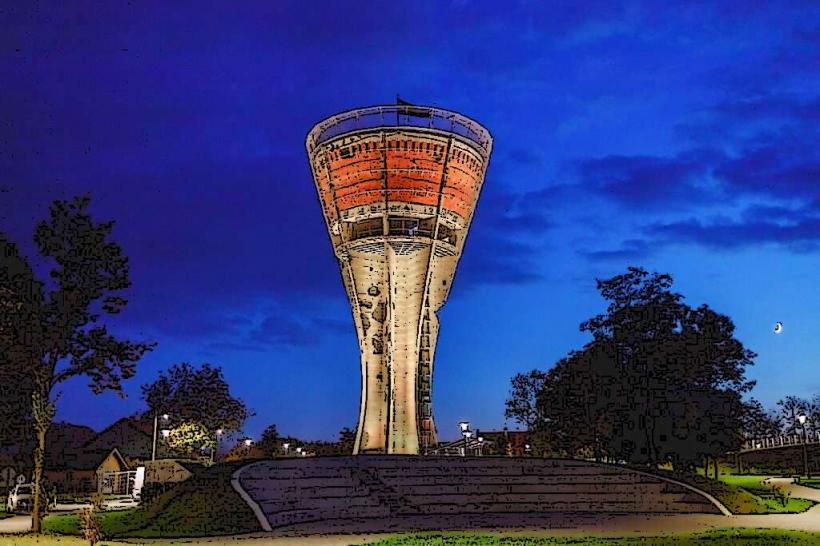Information
Landmark: Museum of SlavoniaCity: Osijek
Country: Croatia
Continent: Europe
Museum of Slavonia – Osijek, Croatia
The Museum of Slavonia (Muzej Slavonije) is one of the most important cultural and historical institutions in the eastern region of Croatia. Located in the city of Osijek, the museum offers a comprehensive look at the history, culture, and heritage of Slavonia, a region rich in both historical significance and natural beauty.
History of the Museum:
- The Museum of Slavonia was founded in 1954 with the aim of preserving and presenting the cultural, historical, and artistic heritage of the Slavonian region. Over the decades, it has become an essential institution for the study and promotion of local history and culture.
- The museum is housed in the old city palace of the countess Cornelia Pečić, dating back to the 18th century, which adds historical significance to the museum’s setting. The building itself is an important architectural landmark of Osijek and provides a fitting backdrop to the museum's vast collection.
Exhibitions and Collections:
The museum has several permanent exhibitions that showcase the cultural diversity and historical development of the Slavonia region. The collections span various fields, from archaeology to ethnography, as well as art and historical artifacts. The museum is divided into different sections, each focusing on a particular aspect of the region’s heritage.
Archaeological Collection:
- The museum houses an extensive archaeological collection that traces the ancient history of Slavonia. This includes artifacts from prehistoric times, the Roman Empire, and medieval periods.
- Visitors can view objects such as tools, pottery, weapons, and coins that reflect the region’s historical development from the Stone Age through to Roman and medieval civilizations.
- Notable finds include Roman statues, tombs, and remains of early Slavic settlements.
Ethnographic Collection:
- The ethnographic collection highlights the traditional life and culture of the people of Slavonia. This section displays folk costumes, textiles, tools, and crafts that reflect the daily lives of the region’s inhabitants over the centuries.
- It also includes traditional agricultural implements, musical instruments, and furniture, providing insights into the customs and lifestyle of rural Slavonia.
- Special attention is given to the Slavonian tambura, a traditional stringed instrument, which is an important part of the region’s musical heritage.
Historical Collection:
- The historical section of the museum is dedicated to the political and social history of Slavonia, with a focus on the region's development from the Ottoman period to modern times.
- Visitors can learn about the Austro-Hungarian rule, the Napoleonic Wars, and the Yugoslav era, as well as the impacts of World War I and World War II on the region.
- The collection includes historical documents, maps, military uniforms, and photographs, which provide a deep dive into the complex history of Slavonia.
Art Collection:
- The art collection of the museum features paintings, sculptures, and prints from Slavonian artists and beyond. The museum has an important selection of works from the 19th and 20th centuries, reflecting the development of art in the region.
- The collection includes works from local painters and sculptors whose art has shaped the cultural landscape of Slavonia, showcasing everything from academic art to folk-inspired pieces.
Numismatic Collection:
- The numismatic collection at the museum includes coins, medals, and other forms of money used in the region throughout history. The collection spans several centuries, from ancient coins to more modern forms of currency, offering a glimpse into the economic history of Slavonia.
Special Exhibitions and Events:
- In addition to its permanent exhibitions, the Museum of Slavonia regularly hosts temporary exhibitions on various topics, ranging from contemporary art to specific historical events or cultural practices. These exhibitions often include items from private collections and international museums.
- The museum also organizes lectures, workshops, and educational programs, designed to engage both children and adults in learning about the region's heritage and history.
- Special events, such as cultural evenings, themed tours, and museum nights, provide visitors with a more interactive and immersive experience.
Visitor Experience:
Educational Programs:
- The museum offers various educational programs for students, school groups, and the general public. These programs aim to teach visitors about the history and culture of Slavonia through engaging activities, tours, and presentations.
- There are also programs tailored for children, where young visitors can learn about history in a fun and interactive way.
Museum Shop:
- The museum shop offers a range of souvenirs, books, and local handicrafts. Visitors can purchase items related to the museum’s exhibitions, including works by local artists, traditional crafts, and publications on the history of Slavonia.
Accessibility:
- The Museum of Slavonia is located in the heart of Osijek, making it easily accessible by foot, public transport, or car. The museum is situated in a central area of the city, near other key landmarks and historical sites.
- The museum is wheelchair accessible, and efforts have been made to ensure that it is welcoming to visitors with various needs.
Conclusion:
The Museum of Slavonia is an essential destination for anyone interested in exploring the rich history and culture of the Slavonian region. Its diverse collections, which cover archaeology, ethnography, art, and historical events, offer a deep and comprehensive view of the area’s heritage. Whether you are interested in ancient history, folk traditions, or modern art, the museum provides a fascinating journey through the cultural and historical landscape of Slavonia.

